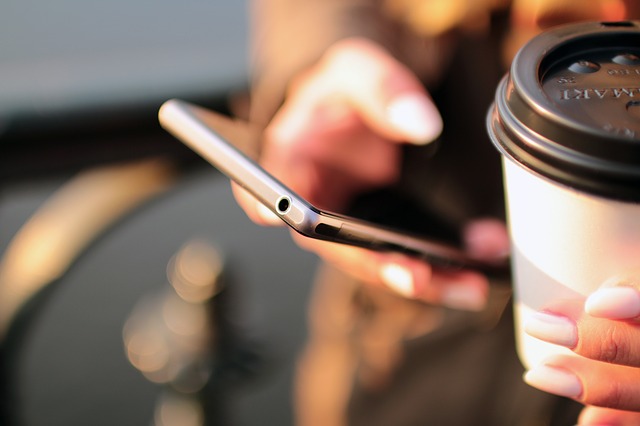
Designed by Joshua Smith and Vamsi Talla, the cellphone prototype relies on backscatter, a technique that enables devices to communicate by reflecting incoming radio waves, similar with how lost hikers or people stranded on an island make use of a mirror to bounce off sunlight and send out an SOS. The problem with this technique, however, is that it can’t support the amount of power needed for digital communication. Which is why the duo had to revert to analog technology to make it work. So while the device dials numbers using digital signals, the backscatter process used for the actual voice call is analog.
Interestingly, a spy tech from the Cold War era became instrumental in developing their analog backscatter tech. Specifically, Smith was inspired by the Great Seal bug — an audio bug hidden in the carving of the Great Seal of the U.S. presented by the Soviets to US Ambassador W. Averell Harriman in 1945. Supposedly, the bug was activated and powered by a certain radio wave frequency. This made Smith wonder if analog backscatter can be controlled using software, and if it can be turned into the kind of technology that will be useful for everyone, not just for those with underhanded intentions.
Taking off from this line of thinking, some of the components of their phone are housed remotely, with a nearby basestation converting the signal and connecting the call. For now, the prototype basestation uses an unlicensed frequency that can only generate low-power transmissions. And because the amount of energy the phone can harvest is dependent on those signals, its range is quite limited — it can only be used up to a distance of 15 meters from the basestation.
That range is impractical, of course. To make their device commercially viable, the circuitry currently being used by their basestation will need to be integrated into something more powerful and far-reaching, such as a Wi-Fi router, or existing cellphone towers. As Talla told Wired: “Real cell towers have a hundred times as much power, and would increase the range to perhaps a kilometer.”
Appearance-wise, the prototype currently has a basic number pad and a display that can only show a brief tiny red glow every time a key is pressed. To make a call, there’s a button you need to press to switch from listening to talking, and vice versa. Most notably, there’s too much static that it’s almost impossible to hear what’s being said on the other line.
Still, the technology is off to a promising start. And if Smith and Talla are able to refine their device, optimize the technology, and build at scale, there’s a chance that we may one day be using cellphones that always remain powered, with no recharging needed. And how convenient would that be!!!
Disclaimer: This page contains affiliate links. If you choose to make a purchase after clicking a link, we may receive a commission at no additional cost to you. Thank you for your support!

Leave a Reply